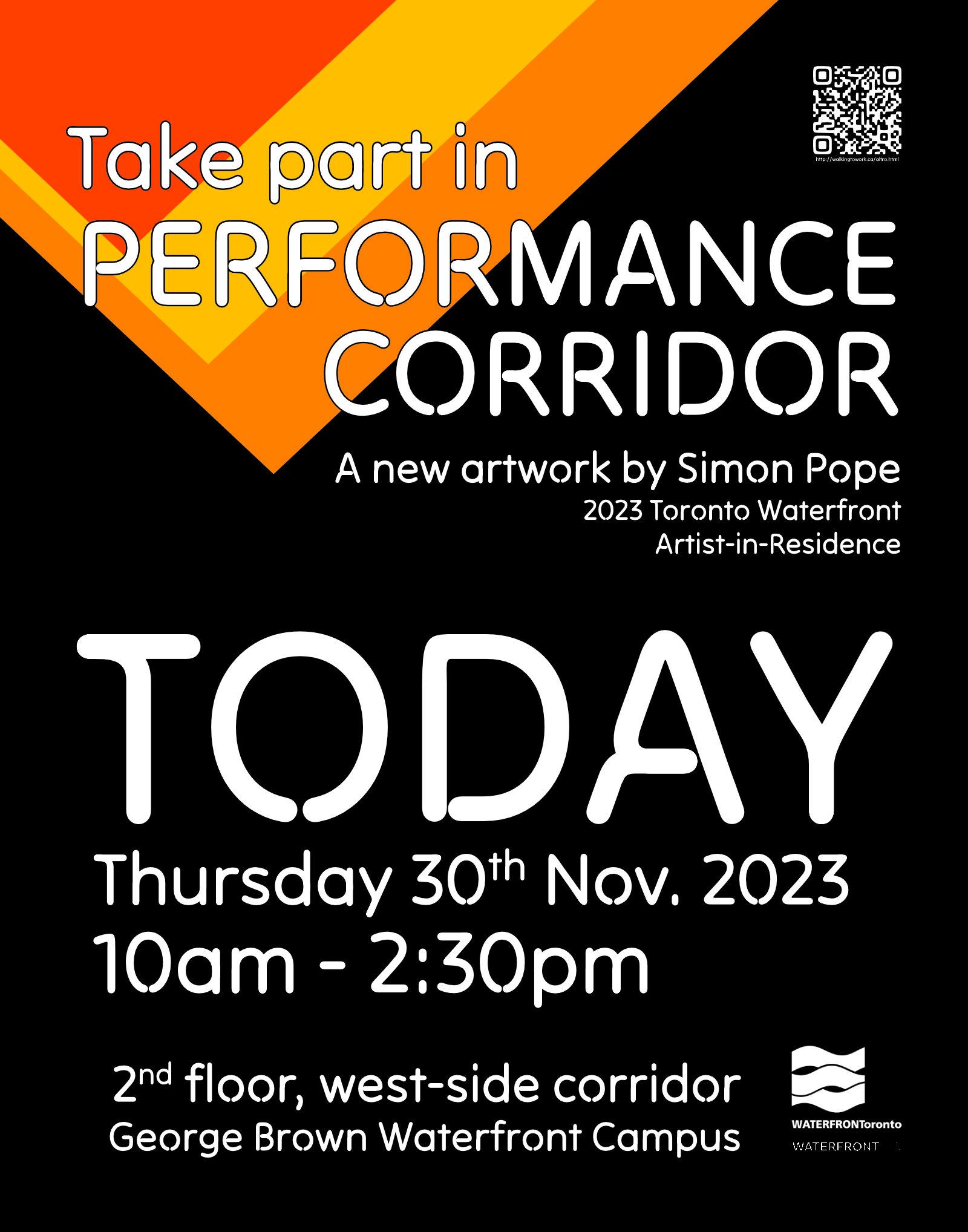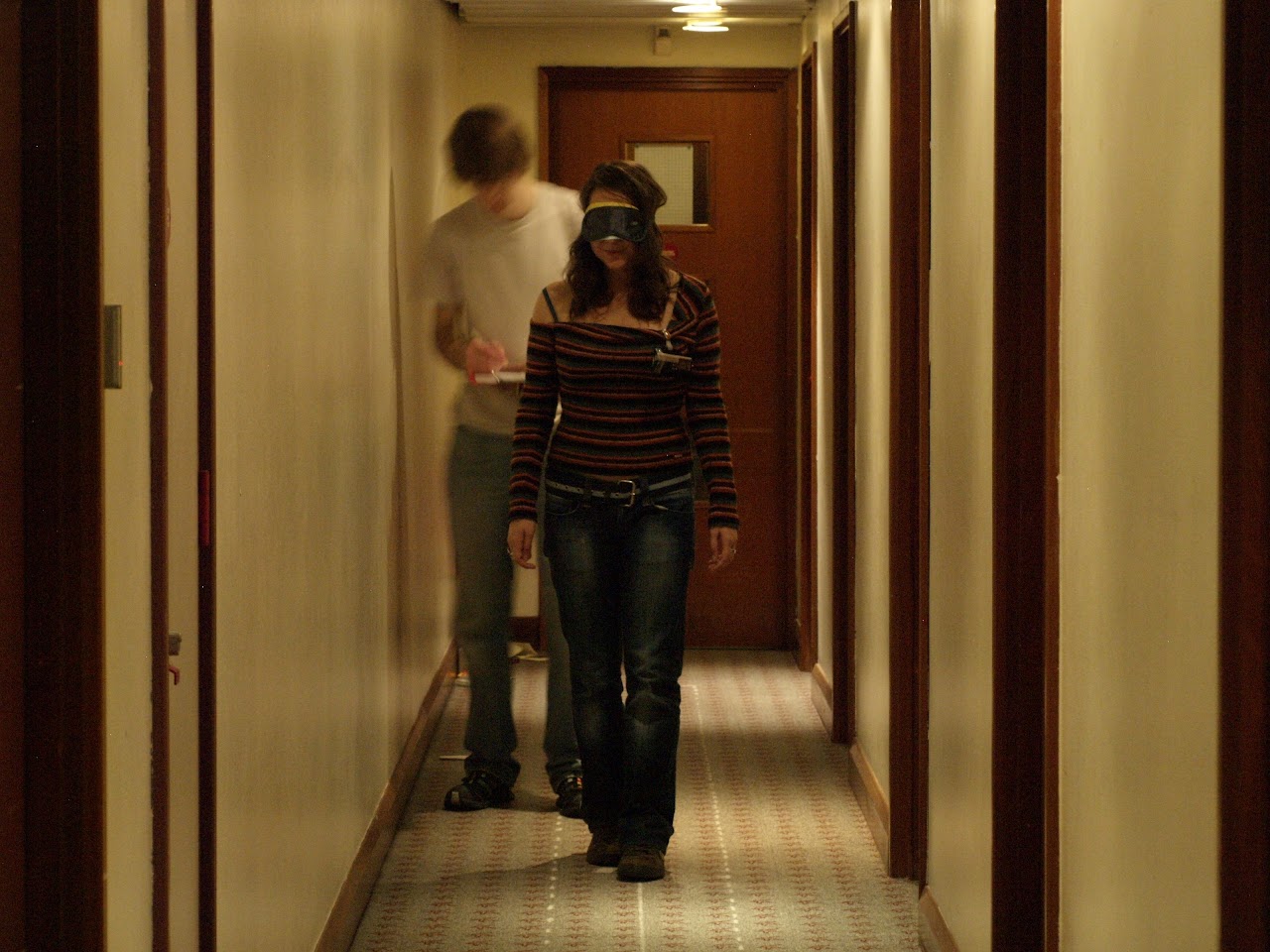
A corridor for walking and remembering
The premise of this project is that 'place' is experienced through mobility, and through relationships to other places – to elsewhere. In this experimental artwork, I play on the title and function of a very well-know artwork, Bruce Nauman's 'Walk with Contrapposto', to provide a way to articulate our experience of a simultaneous "here and there", of physically being on one place, while thinking of another.
The title of Nauman's work translates, literally, as 'contrast', or 'opposing place' and comes from a life-model pose, where body-weight is shifted onto one leg to relax the opposite hip. Nauman performs this within what he called a "performance corridor" – a sculptural construction which featured in many of his subsequent artworks.
Here, I play on this idea of a shift from one place to another, from here to there, with our body walking within the corridor, while our mind wanders elsewhere.
'Altro Posto' involves walking with participants along a corridor at the George Brown College Waterfront Campus, talking about other places. This venue becomes a "performance corridor" – which makes a particular art historical reference to Nauman, and a link to research that I've undertaken previously on the interactions between walking and the recollection of mobility.


